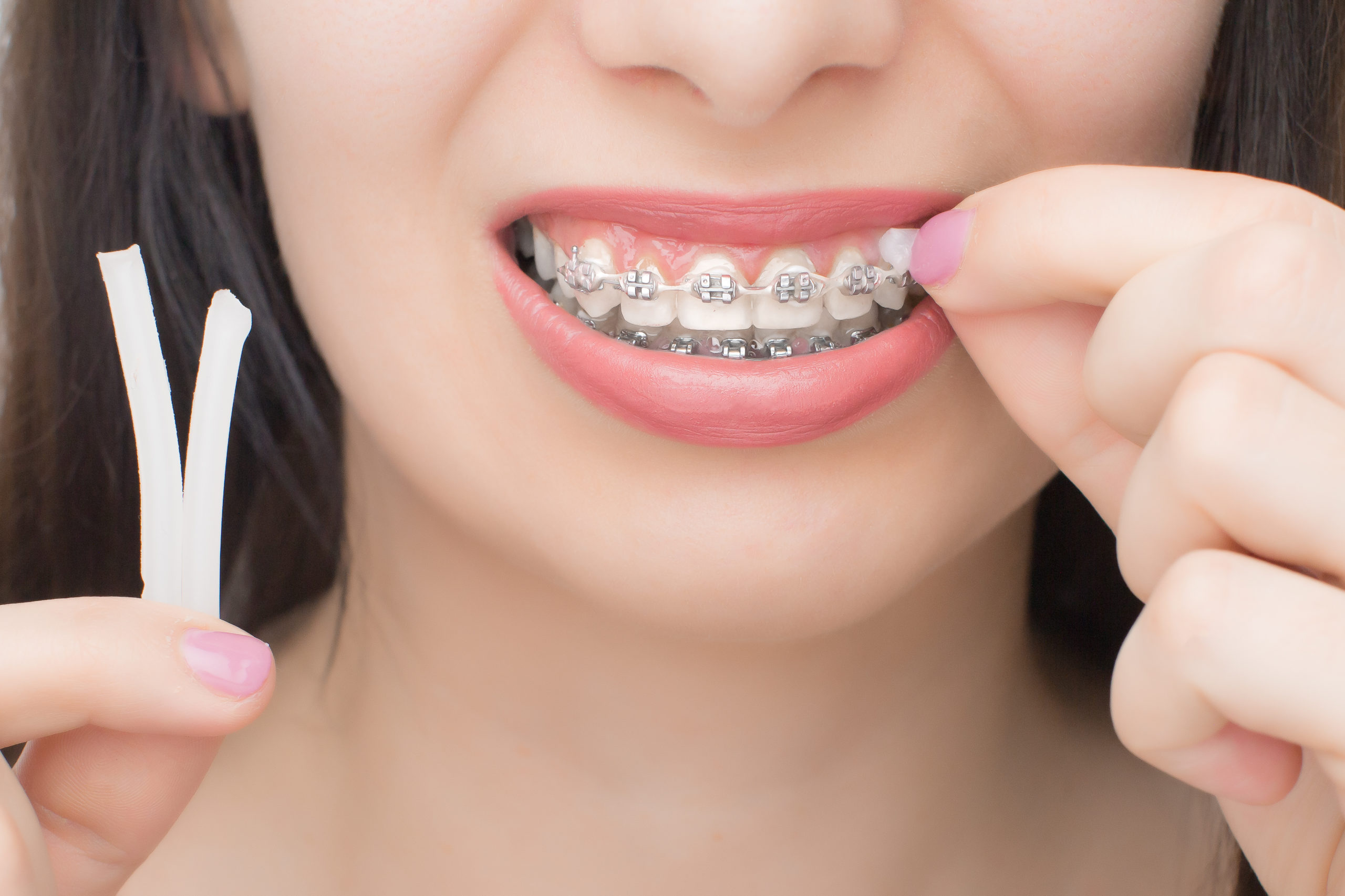
Getting braces can be a big decision but knowing what to expect during the treatment process and after can help ease any concerns you may have. Braces are a common orthodontic treatment that can help correct misalignments and give you a straighter, healthier smile. Here is a guide to help you understand what to expect during your braces treatment and what to anticipate after your braces are removed.
Teeth braces, also known as orthodontic braces, are devices used to straighten and align teeth to improve the overall appearance and function of a person's smile. These devices are made of metal brackets that are attached to the teeth and connected by wires and rubber bands. Braces work by applying gentle pressure to the teeth, gradually moving them into the desired position over time. By correcting misaligned teeth, braces can enhance a person's confidence and self-esteem.
During Treatment
Initial Consultation
- During your initial consultation, your orthodontist will examine your teeth and discuss the treatment options available to you.
- You may have X-rays taken and impressions made of your teeth to help create a treatment plan tailored to your specific needs.
- Your orthodontist will explain the different types of braces available, such as traditional metal braces, ceramic braces, or clear aligners.
Brace Fitting
- Once you have decided on the type of braces you will be getting, the next step is to have them fitted.
- Your orthodontist will carefully position the braces on your teeth and secure them in place using special dental cement.
- You may experience some discomfort or soreness in the days following the fitting as your mouth adjusts to the braces.
Regular Adjustments
- Throughout your treatment, you will need to visit your orthodontist regularly for adjustments.
- During these appointments, your orthodontist will make any necessary changes to your braces to ensure your teeth are moving correctly.
- You may experience some discomfort after each adjustment as your teeth start to shift into their new positions.
After Treatment
Brace Removal
- Once your orthodontist determines that your teeth have been properly aligned, it will be time to have your braces removed.
- The removal process is quick and painless, and your orthodontist will use special tools to carefully take off the brackets and wires.
- You may feel some pressure or tugging during the removal process, but it should not be painful.
Retainers
- After your braces are removed, your orthodontist will fit you for a retainer to help maintain your new smile.
- Retainers are typically worn full-time for the first few months and then gradually transitioned to nighttime wear.
- It is essential to wear your retainer as instructed to prevent your teeth from shifting back to their original positions.
Oral Care
- After your braces are removed, it is crucial to maintain good oral hygiene to keep your teeth healthy and prevent any issues from arising.
- Brush and floss your teeth regularly to remove any food particles and plaque that can accumulate around the braces.
- Continue to visit your dentist for regular check-ups to ensure your teeth and gums remain healthy.
Conclusion
Getting braces is a significant investment in your oral health and overall well-being. By understanding what to expect during your treatment and after your braces are removed, you can better prepare yourself for the process ahead. Remember to follow your orthodontist's instructions carefully, practice good oral hygiene, and wear your retainer as directed to enjoy a straighter, healthier smile for years to come.